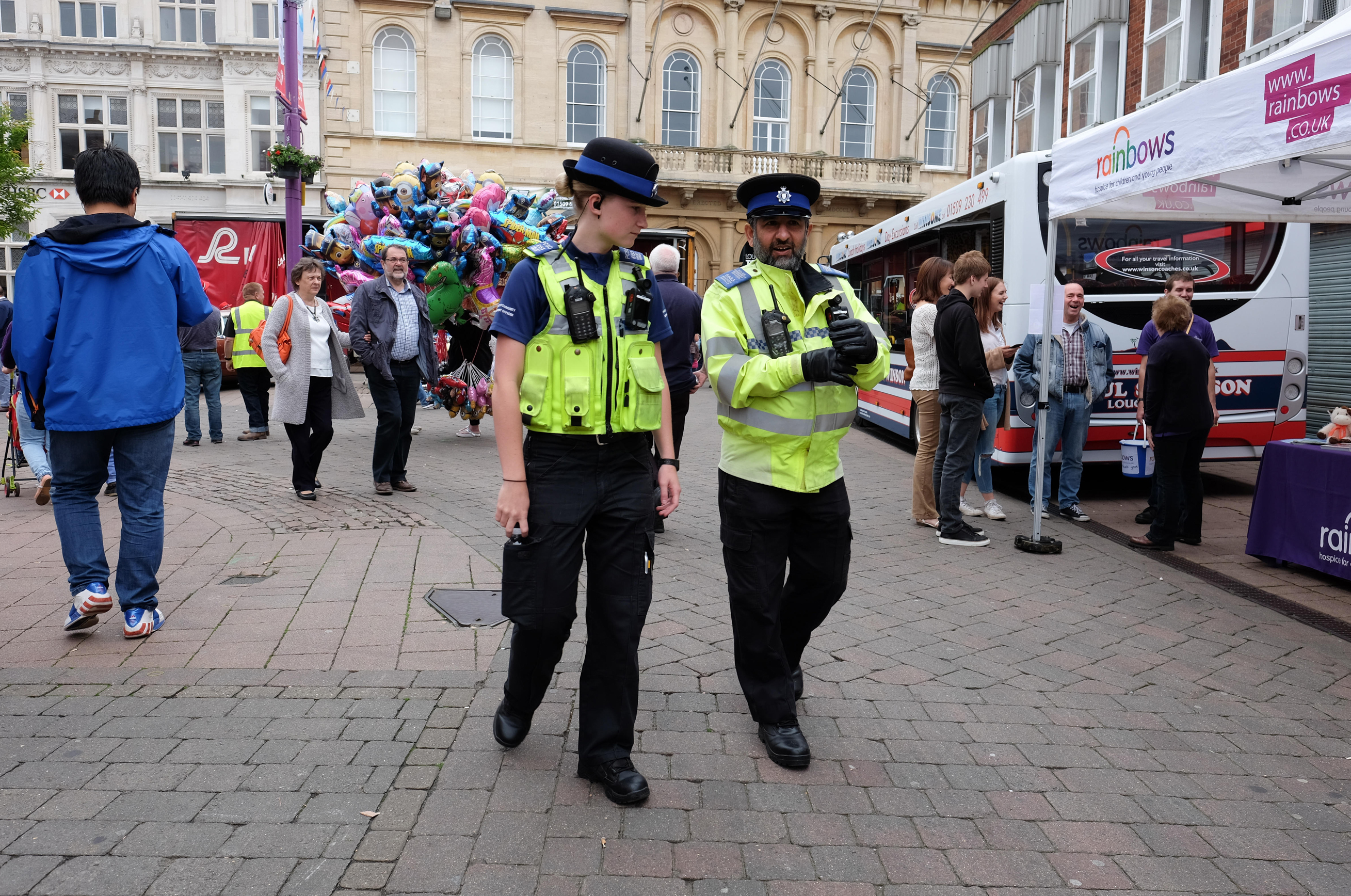2.2 The Police and Criminal Evidence Act 1984
The Police and Criminal Evidence Act 1984, commonly referred to as PACE, was introduced in the wake of several high-profile events in the 1980s, where the legitimacy of the police and the way they were conducting themselves was called into question. Events included the 1981 Brixton Riots in South London, police corruption, the treatment of people detained in custody and miscarriages of justice with police concocting false confessions. This meant that a greater need for ‘procedural safeguards’ (Newburn, 2011, p. 93) was needed to avoid similar abuses of police powers in the future and to establish greater public confidence in policing. An inquiry led by Lord Scarman followed the Brixton Riots and major police reform was recommended. This inquiry was the catalyst for the subsequent introduction of the Police and Criminal Evidence Act 1984.
PACE provides officers with a multitude of powers to enable them to effectively carry out their duties, and not only to provide safeguard for suspects in custody but also to guide police officers, non-police investigative staff and special constables in their investigative duties generally. Now, of course, there are elements of PACE that are applicable to the role of a PCSO, and you must understand and apply them where necessary. Areas such as searching, using force to enter premises, and questioning of persons detained are all enshrined in PACE and impact upon many aspects of the PCSO’s role so must be followed by PCSOs and police officers alike.
